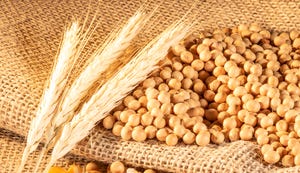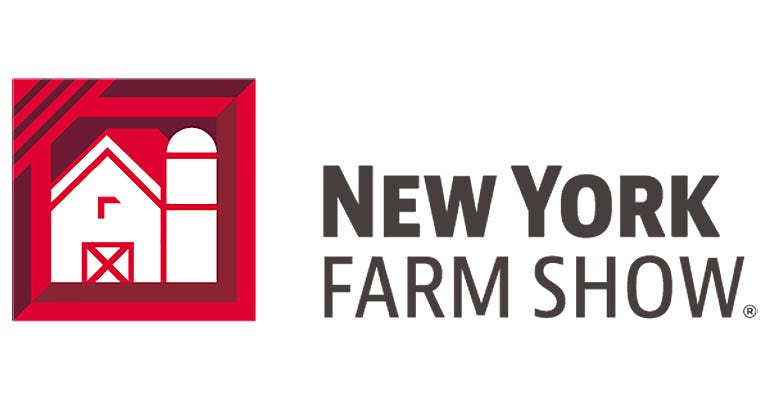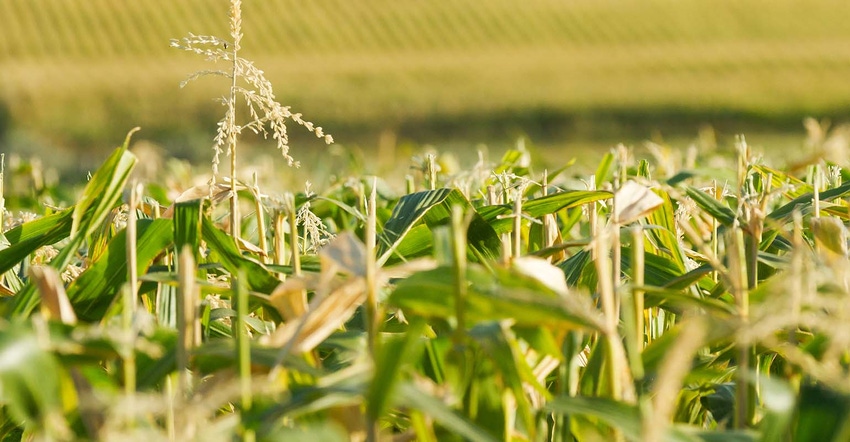
As analysts expected, USDA lowered its assessment of 2019 U.S. corn quality by a point for the week ending August 4 while keeping U.S. soybean quality steady from a week ago.
The domestic corn crop is now rated 57% in good-to-excellent condition, versus 58% the prior week, according to USDA. Another 30% of the crop is rated fair (unchanged from a week ago), with the remaining 13% rated poor or very poor (up a point from a week ago).
Some of the biggest production states, including Illinois (41%), Indiana (36%) and Ohio (34%) are well behind the national average, although balancing out the national score are states that include Colorado (74%), Tennessee (78%) and Pennsylvania (79%).
“Weather extremes last week knocked corn yields lower, according to projections from this week’s crop ratings,” according to Farm Futures senior grain market analyst Bryce Knorr. “Much of Illinois was short on rain, which knocked 4.6 bushels per acre off our forecast. Too much and too little moisture hurt yields in Kansas and Nebraska as well. Gains weren’t enough to make up the difference, taking average yield potential down nearly a bushel per acre, with the average at 169.7 bushels per acre.”
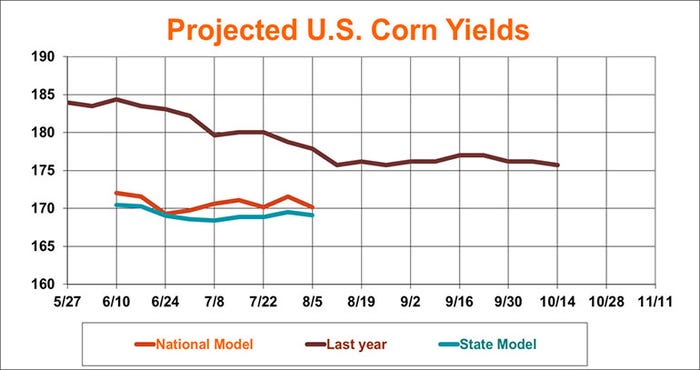
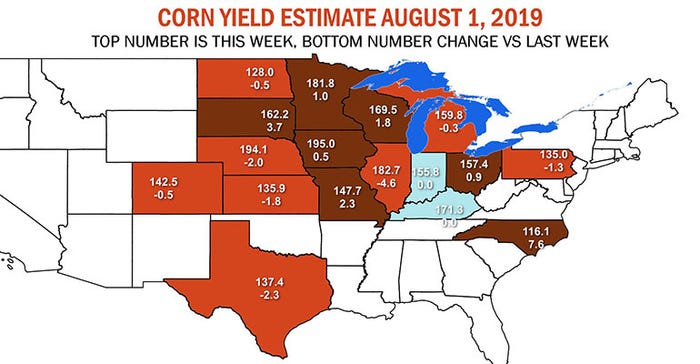
Physiologically, crop maturity remains well behind recent years, with 78% of the crop now silking. That’s up from 58% a week ago but significantly slower than 2018’s pace of 95% and the five-year average of 93%. Another 23% of the crop is now at dough stage, up from 13% a week ago but slow compared to 2018’s pace of 54% and the five-year average of 42%.
USDA held soybean crop quality steady last week, with 53% of the crop rated good-to-excellent. Another 33% of the crop is rated fair, with the remaining 13% rated poor or very poor – also unchanged from a week ago.
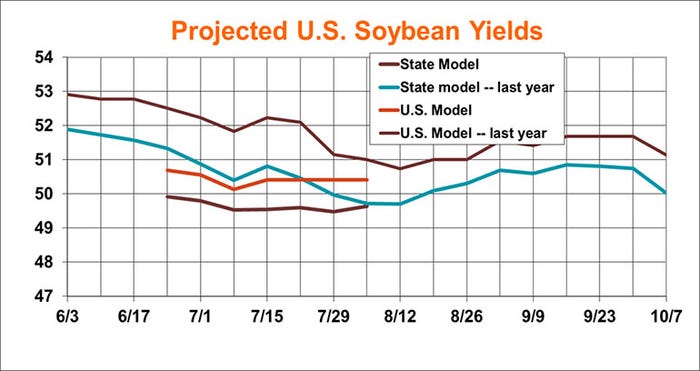
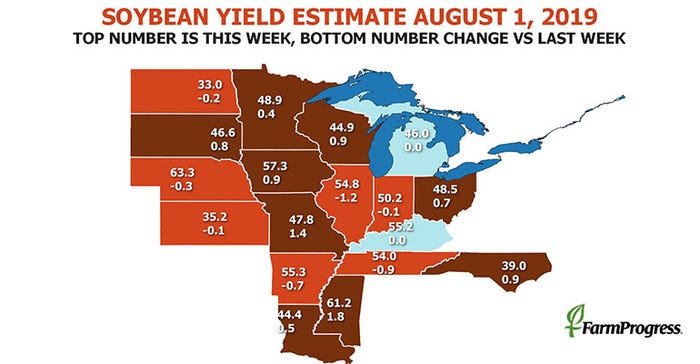
“Soybean ratings also were lower in Illinois last week but other states suffering losses saw relatively small declines, boosting overall rating slightly, with yields projected at 50 bpa,” Knorr says.
The agency also reports that 72% of the crop is now blooming, up from 57% the prior week but well behind 2018’s pace of 91% and the five-year average of 87%. And 37% of the crop is setting pods, which is also much slower than 2018’s pace of 73% and the five-year average of 63%.
For winter wheat, USDA marks 82% of the crop now harvested, up from 75% a week ago but moderately behind 2018’s pace of 89% and the five-year average of 92%. Spring wheat harvest has also kicked off, with just 2% complete across the top six production states. Last year’s pace at this time had reached 12%, with a five-year average of 14%.
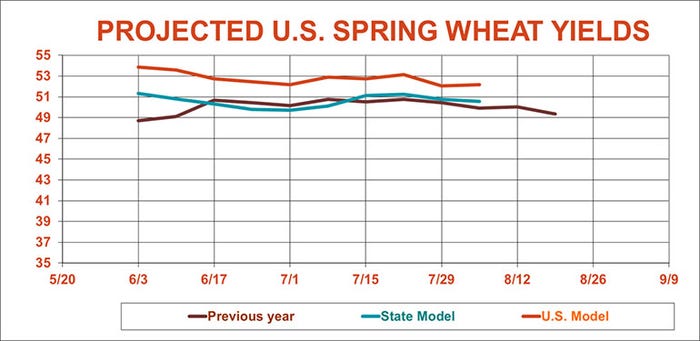
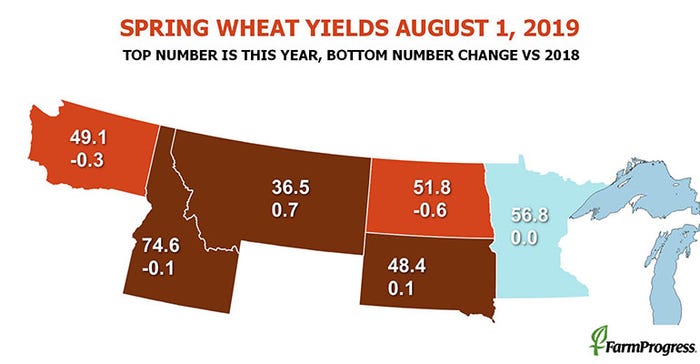
Spring wheat crop quality was narrowly scrambled last week, meantime. Ten percent of the crop was rated excellent, 63% rated good, 22% rated fair and 5% rated poor or very poor. A week ago, those figures included 11% rated excellent, 62% rated good, 21% rated fair and 6% rated poor or very poor.
“Overall spring wheat ratings pointed to steady production potential last week,” Knorr says. “While our forecast made on state-by-state ratings dropped a tenth of a bushel or so due to a setback in North Dakota, the national conditions improved slightly.”
Sorghum’s crop quality slipped from 71% rated good-to-excellent a week ago down to 68% as of August 4, but that’s still significantly better than it was a year ago at this time (49% rated G/E). Physiologically, 45% of the crop is headed and 23% is coloring. As with other row crops this year, maturity is progressing slower than average.
Click here to read the entire data set from USDA, out Monday afternoon.
About the Author(s)
You May Also Like





